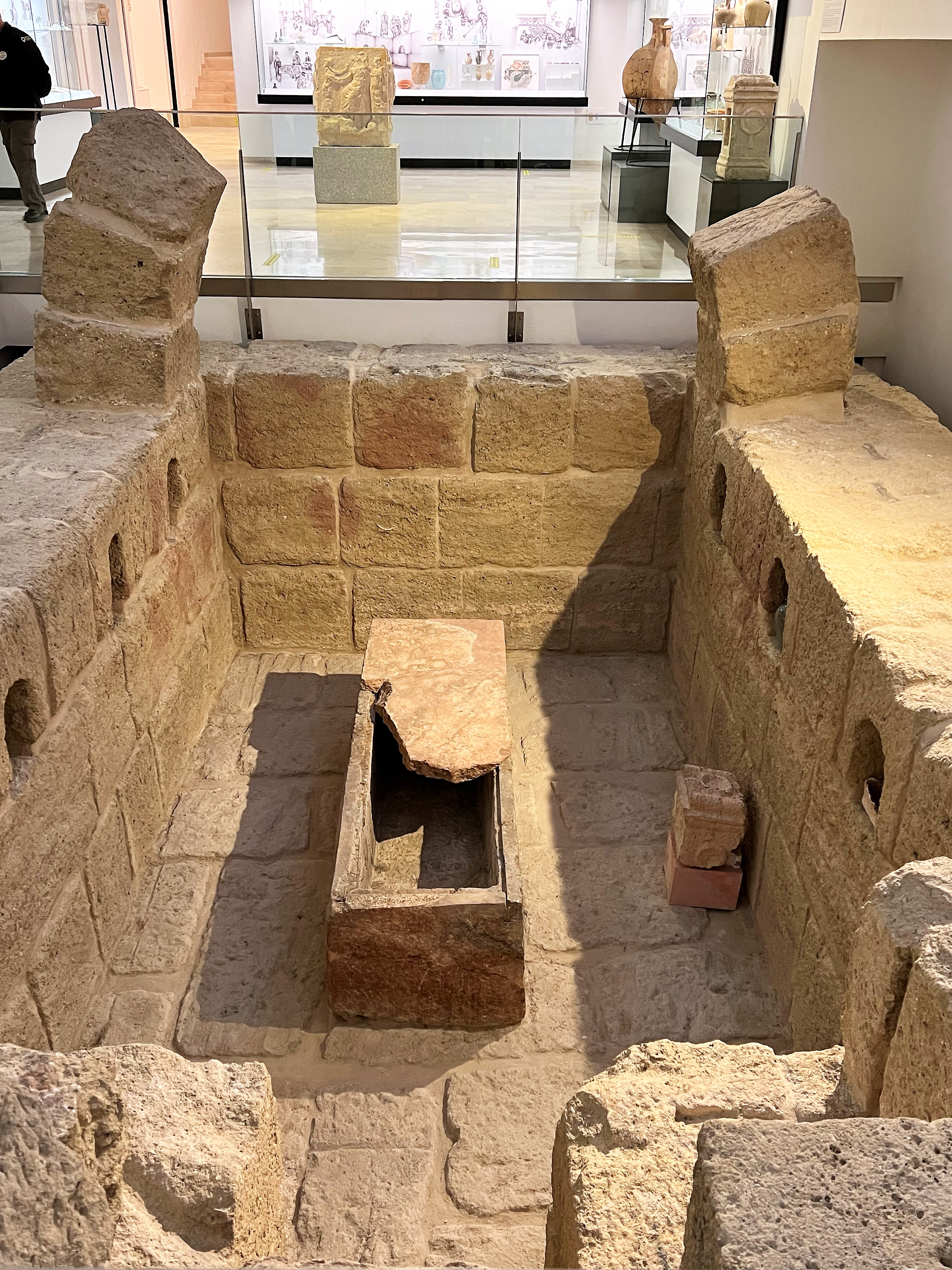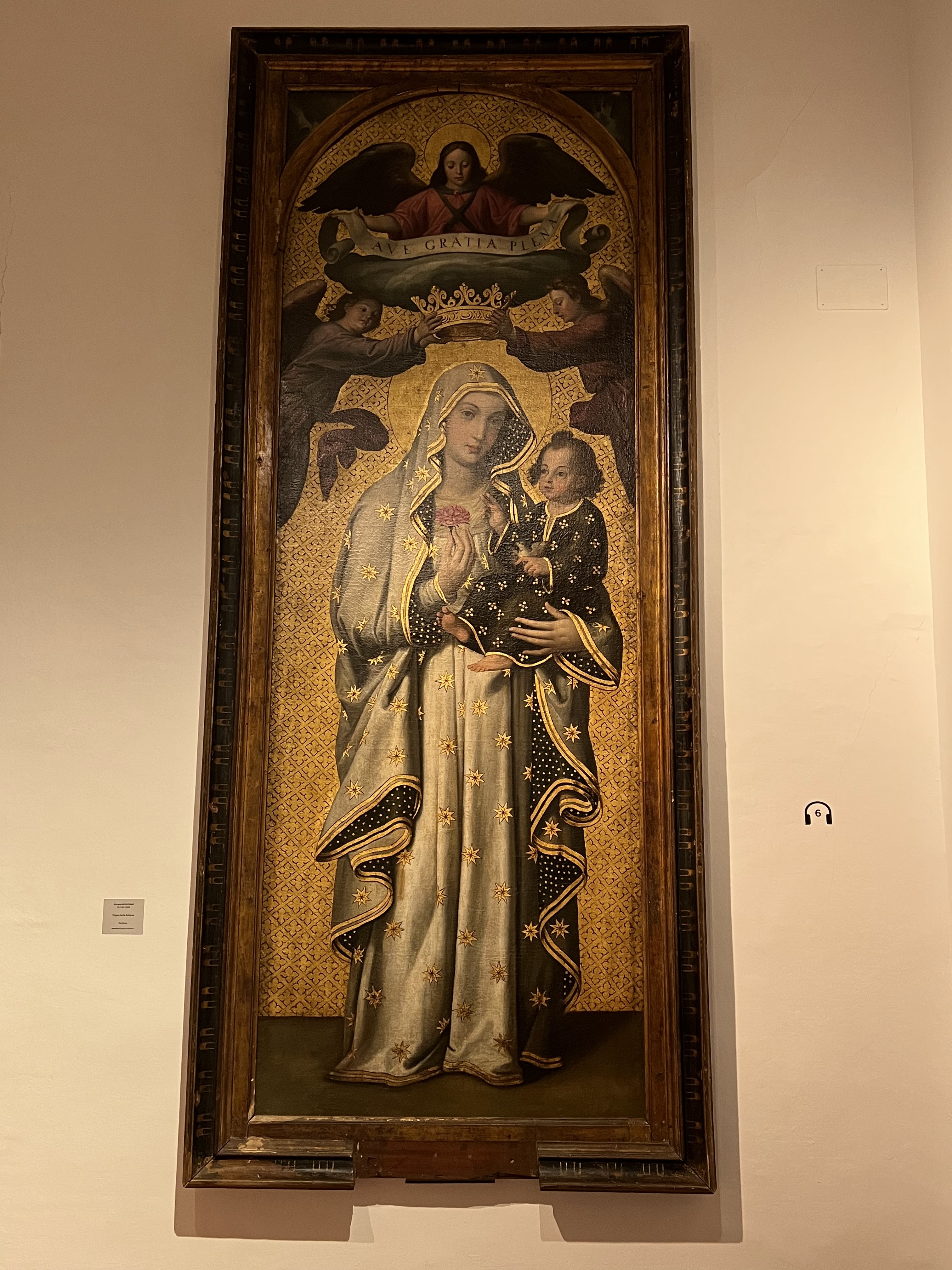CUADERNO DE VIAJE - ANTEQUERA (MALAGA) PARTE 1 - TRAVEL NOTEBOOK - ANTEQUERA (MALAGA) - PART 1
Es imposible escribir sobre Antequera en un post tan corto, hay mucho que explicar y mucho para ver. Nosotros llegamos desde Chinchón después de 5 horas de coche, comimos algo y nos registrarnos rápidamente en el Parador de Antequera porque para las 4 habíamos quedado con el guía en el centro de Antequera. Empezamos en la Plaza de San Sebastián, que se crea en 1508 como consecuencia de una real cédula de Juana la Loca. Ofrece actualmente uno de los conjuntos urbanísticos mas bellos de la ciudad. En ella se ubican edificios tan interesantes como el Arco del Nazareno, la casa de los Bouderè o la insigne Iglesia Colegial de San Sebastián. Desde ahí, entramos al Museo de Antequera.
- It´s impossible to write about Antequera in such a short post, there are many things to explain and a lot to see. We arrived from Chinchón after 5 hours driving, we took a bite and checked in quickly at the Parador Nacional in Antequera because we were meeting our tour guide at 4.00 p.m. in the center. We started our tour in San Sebastián Plaza, which was created in 1508 as a result of a royal warrant by Juana la Loca. Currently it is one of the most beautiful urban complexes in the town. There, we can find buildings as interesting as the Arco del Nazareno (Arch of the Pinitent), the Bouderè Mansion or the distinguished Collegiate Church of Saint Sebastian. From there, we went into the Antequera Museum.
La fachada principal y sus accesos principales están abiertos a la Plaza del Coso Viejo, uno de los ensanches principales entre la ciudad medieval y la antequera de extramuros, renacentista, que surge a partir de finales del siglo XV, tras la Toma de Granada por los Reyes Católicos.
- In 1966 the Municipal Museum of Antequera was created, the new installation was made in the Palace of Nájera, which had to be rehabilitated for this purpose and whose works lasted until the beginning of the seventies of the last century. It was finally inaugurated on 15th March in 1972 by the Princes of Spain and that moment, Don Juan Carlos and Doña Sofía.
- The main façade and its main accesses are open to the Plaza del Coso Viejo, between the medieval city and the Antequera outskirts, which arises from the end of the fifteenth century, after the Taking of Granada by the Catholic Monarchs.
No podéis imaginar lo mucho que nos impresionó este museo. Primero que es gratuito, y segundo que tiene una cantidad de obras de arte impresionantes.
- You can´t not imagine how impressed we were with this museum. First because it´s free and second because it has incredible treassures inside that worth the visit.
- The museum is on three levels. The lowest level takes you through the pre-history of the area, including information about the Dolmens of Antequera (next post). The next level looks at the Romans and Visigoths and the third level has some impressive glass and pottery exhibits from the Moorish period and fine silverware and jewellery from the 15th to 18th centuries. Awesome really.
- One of the important pieces of this museum is the "Efebo de Antequera", considered by many to be the finest Roman sculpture found in Spain. It was discovered by a farmer in Vega de Antequera about 1955. The exact date is not known since the farmer kept hold of it for a while. The bronze sculpture dates to the 1st century AD. It represents a naked teenage boy. His arms are extended as though he were once carrying something.
- There are many religious items and also the jewellery Virgen de los Remedios wears.
Hotel en Antequera - Parador de Antequera















Publicar un comentario